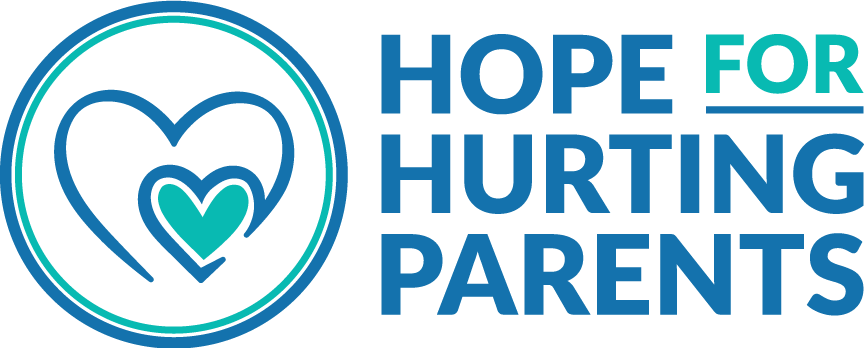
photo cred. pexels
Do you have a son or daughter who has been suicidal? Were you paralyzed, not knowing what to do? Did you think nothing would help? I have good news for you. There is something you can do that could save their life. This post is the last in a series explaining a simple, easy-to-learn 3-part process designed to help prevent death by suicide called QPR: Question, Persuade, Refer. This process was developed by Dr. Paul Quinnett of the QPR Institue. You can learn more about QPR on their website: qprinstitute.com
Step one and two were covered in my posts on Sept. 18th and 25th. Today’s post will take a look at the third step of QPR, Refer. This involves building a resource list of the help available: Counselors, mental health providers, behavioral hospitals, the nearest hospital that accepts suicidal patients, a suicide hotline number, etc.
Being prepared when faced with the possible suicide of someone you love can give you more peace of mind and a track to run on if and when its needed. You’ll know who to call, or where to take your loved one. This makes a huge difference in a crisis when you can’t think clearly and are hyper-stressed.
General Guidelines for the Referral Step
- The best referral is when you personally take the person you are worried about to a mental health provider or other professional.
- The next best referral is when the person agrees to see a professional and you know they actually went to the appointment.
- The third best referral is getting the person to agree to accept help, even if in the future.
The QPR institute reports that most people who agree to get help usually keep their word, however, due shame and stigma, some will not. That is why it’s strongly recommended you physically take the person to someone who can help. If you don’t know where to go, call a crisis hotline, your local hospital, call your doctor (f this is your child) and ask for a referral. Some individuals will want to talk to their own pastor/clergy, counselor – someone they know, rather than a stranger, to help them decide what to do. You could offer to go with them to see this person.
Save this number in your phone. The National Suicide Prevention Lifeline 988, the new mental health crisis phone number. You can also text 741741 – give this number to your child too. You can them any time of the day or night, 365 days of the year. Be sure they know they’re available anytime, including holidays.
Don’t Worry About These 3 Issues
According to Quinnett, there are three issues we need to be courageous about. Lots of Courage is surely needed to apply the three steps of QPR:
1) Don’t worry about being disloyal.
2) Don’t worry about breaking a trust.
3) Don’t worry about not having sufficient information to call for help.
Your goal is to save your child’s life. Those three issues don’t matter at this point. When in doubt, take action.
Don’t Delay!

photo cred. Dena Yohe
Please don’t delay. Do something immediately. When you learn that someone is suicidal, has a plan, and the means to carry out their plan, time is of the essence.
If you aren’t sure whether or not they’re in danger, you can call the Suicide Lifeline number 800-273-8255 and talk to a volunteer for guidance. It’s better for your child to be angry with you and be alive, right? You don’t want to have any regrets. One day they’ll forgive you, they may even thank you.
Immediately after applying the three steps of QPR therapists recommend you broaden the safety net for the person at risk.
Ask them,”Who else would you like to know that you’re feeling this bad?”
They may name a family member or friend. Ask them for permission to call and let that person know. Pull together a team of people who care about your child who will help build safety around them by checking on them regularly, asking how they’re doing, being alert for warning signs – a classmate, co-worker, roommate – someone who sees them on a regular basis.
Your child needs to know you care, you’ll be there for them no matter what, and that you have hope for their future. Isn’t this what we all need in our dark times?
HOPE. It’s the key that can reduce the risk of suicide. My hope comes from God and His Word:
Be my rock of refuge to which I can always go … for you have been my hope, O Sovereign Lord … (Psalm 71:3,5 NIV).
Let’s pray: God, please give our loved ones hope–and us too. We can’t go on with out it. We look to You as we surrender them into Your care. Their lives are in Your hands. Amen.
Resources
Night Falls Fast: Understanding Suicidee by Kay Redfield Jamison, a renowned clinical psychologist. She writes from personal experience as one who lives with bipolar disorder and has wrestled with suicidal ideation many times during her adult life.
Grieving a Suicide by Albert Hsu
Finding Your Way After the Suicide of Someone You Love by Biebel/Foster
No Time to Say Goodbye by Carla Fine
Among Lions: Fighting for Faith and Finding your Rest while Parenting a Child with Mental Illness by Kirsten Panachyda
American Foundation for Suicide Prevention (www.afsp.org) – offers support groups
The National Alliance on Mental Illness (www. nami.org)
The National Suicide Prevention Lifeline 1-800-273-8255 (TALK) Crisis Textline 741741
988 The new mental health hotline (replaces 911 for a mental health or subtance abuse crisis)
American Association of Suicidology – many resources for help
To Write Love on Her Arms – twloha.com
**What do you think about QPR? Will you plan to use it if needed?
**Please share so others will know about this too.

0 Comments